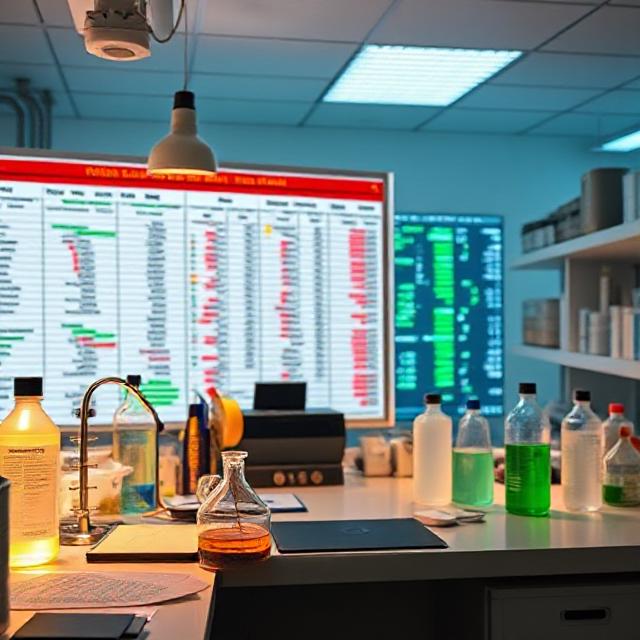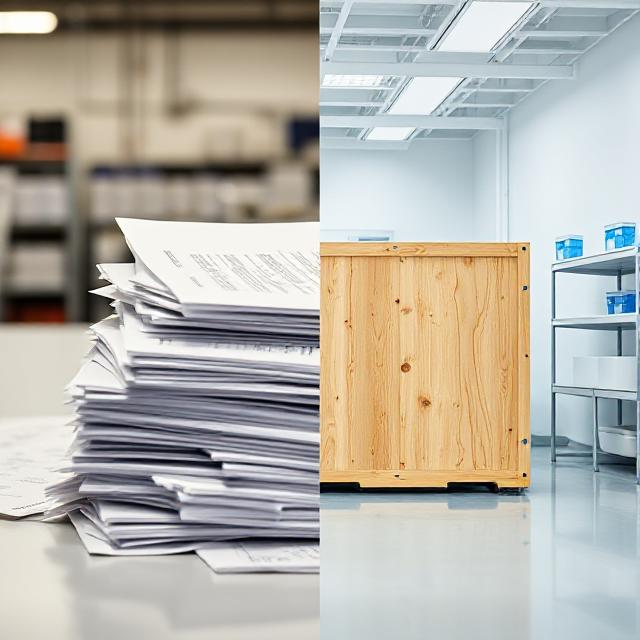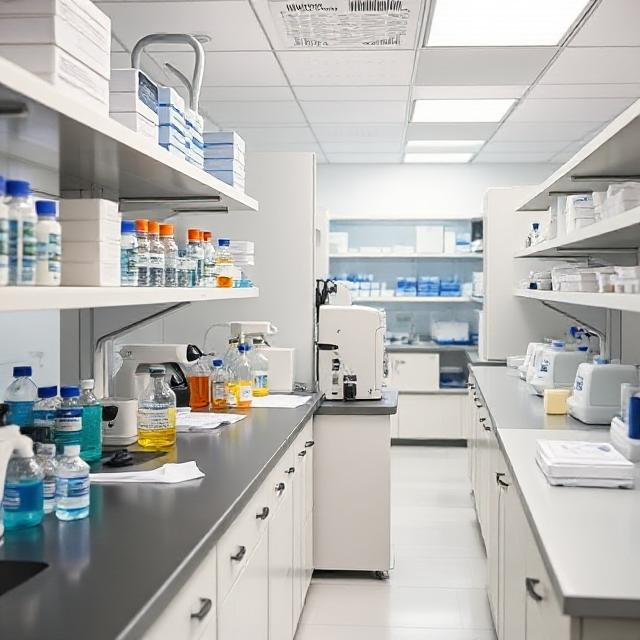In the pharmaceutical industry, Good Manufacturing Practices (GMP) are fundamental to ensuring that products meet the highest standards of quality, safety, and efficacy. A critical component of GMP compliance is validation, which proves that equipment and processes consistently produce results as intended. Traditionally, validation is a resource-intensive process, often applying uniform rigor across all equipment regardless of their role or potential impact on product quality.
Understanding Risk-Based Validation
A risk-based approach to validation offers a more nuanced and efficient methodology. This approach involves identifying and assessing the risks associated with each equipment or process based on its likelihood of deviation from expected performance and the potential impact of such deviations on the product quality and patient safety. By categorizing equipment into different risk levels (high, medium, low), companies can tailor their validation efforts accordingly.
Traditional vs. Risk-Based Validation
In traditional validation methods, every piece of equipment undergoes the same level of scrutiny, regardless of its role in the production process. This often leads to unnecessary expenditures of time and resources on low-risk items. In contrast, a risk-based approach focuses validation efforts on high-risk equipment, where deviations are more likely to occur and could have significant consequences.
Overview of an Risk Assessment
The following table is an example on how to assess whether an equipment/ systems meets GMP standards. By first assessing the criticity of the equipment, this risk assessment ensures a thorough evaluation of compliance trough different area (e.g.:Calibration and Maintenance, Documentation, …). The questions are concise and clear to facilitate easy understanding and use by anyone trained in CSV for the assessment process.
| Area: Questions ? | Yes, No, N/A | Comment (mandatory in case of N/A) |
| Criticity*: Is the equipment in direct contact with the product ? | ||
| Criticity*: Does the equipment control the quality of the product or one of its reagent or the environement during production? | ||
| Criticity*: Does the equipment help maintain aseptic conditions during operations? | ||
| Criticity*: Is the equipment required for the formulation of the product ? | ||
| Criticity*: Is the equipment involve in the product packaging ? | ||
| Criticity*: Does the equipment store or archive GMP data ? | ||
| Calibration and Maintenance: Is there a documented calibration schedule and record for past maintenance? | ||
| Design and Validation: Has the equipment been validated to ensure it meets performance standards for its intended use? | ||
| Design and Validation: Is the equipment validated for its intended use in a GMP-compliant environment? | ||
| Documentation: Is there comprehensive documentation for the equipment, including user manuals, SOP, maintenance schedules, calibration records, users access? | ||
| Data Integrity: Does the equipment provide traceable records of operations and user activities? | ||
| Data Integrity:Is there a system in place to prevent unauthorized access or alteration of data? | ||
| Data Integrity: Does the equipment ensure accurate and reliable data recording? | ||
| Quality Systems: Are all deviations from standard operating procedures documented? | ||
| Training: Has the operator received training for the use of this equipment? | ||
| Training: Are operators periodically assessed or re-trained for using the equipment? |
Savings in Time
One of the primary advantages of a risk-based approach is the significant reduction in time required for
validation. By concentrating efforts on critical equipment and non-compliant area, companies can avoid spending excessive time on low-risk items that pose minimal threats to product quality. This streamlined process allows for faster completion of validations, enabling quicker implementation of equipment into production.
Reduction in Costs
The cost implications of a risk-based approach are substantial. Traditional validation methods often involve costly resources being allocated to every piece of equipment, regardless of its risk level. By reallocating these resources towards high-risk areas, companies can reduce overall costs while still ensuring compliance and safety standards. This optimized resource allocation is particularly beneficial in environments where budgets are constrained.
Acceleration of the Validation Process
In addition to saving time and reducing costs, a risk-based approach accelerates the validation process. By focusing on critical equipment and streamlining validations for lower-risk items or area, companies can achieve faster timelines without compromising the integrity of the validation process. This efficiency is crucial in industries where timely product delivery is essential.
Challenges and Considerations
While the benefits are evident, implementing a risk-based approach requires careful consideration. Accurately assessing risks is paramount; failure to do so could result in overlooking significant threats or overemphasizing minor ones. It’s essential to maintain a balance, ensuring that while high-risk areas receive adequate attention, low-risk components are not entirely neglected.
Real-World Applications
To illustrate the effectiveness of a risk-based approach, consider a pharmaceutical company transitioning from traditional to risk-based validation… By categorizing equipment based on risk levels and focusing validations accordingly, the company may achieved significant reductions in both time spent and costs associated with the validation process. This strategic allocation allowed them to maintain compliance while enhancing operational efficiency.
Conclusion
Adopting a risk-based approach in GMP equipment validation is not merely an option but a necessity for modern pharmaceutical companies aiming to enhance efficiency, reduce costs, and ensure timely product delivery without compromising quality or safety standards. By intelligently prioritizing resources and focusing efforts where they are most needed, companies can achieve a more streamlined and effective validation process, ultimately contributing to the overarching goal of producing safe and reliable pharmaceutical products.




